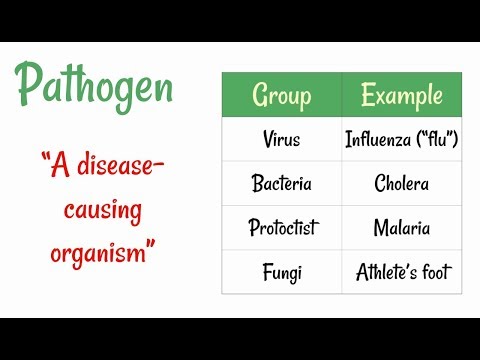The most infamous species of bacteria that produce capsules are Streptococcus pneumoniae , Neisseria meningitidis , and Pseudomonas aeruginosa. The pneumococcus capsular polysaccharide has been recognized as certainly one of its major virulence factors. The biosynthetic enzymes for alginate have been elucidated and far is understood concerning the genetic regulation for the overproduction of alginate. As with portals of entry, many pathogens are tailored to use a specific portal of exit. Similar to portals of entry, the commonest portals of exit include the skin and the respiratory, urogenital, and gastrointestinal tracts. Coughing and sneezing can expel pathogens from the respiratory tract.
Results from in vitro research demonstrate stability of antibiotics whereas maintaining high concentrations for extended intervals of time. In vivo research show antibiotic lock method as an effective and secure possibility for both prevention and treatment of CRBSIs . Recently, non-antibiotic antimicrobial catheter lock options also are used .
Bullen, J. J., Leigh, L. C., and Rogers, H. J. The impact of iron compounds on the virulence of Escherichia coli for guinea-pigs. Boulton, I. C., Gorringe, A. R., Allison, N., Robinson, A., Gorinsky, B., Joannou, C. L., et al. . Transferrin-binding protein B isolated from Neisseria meningitidis discriminates between apo and diferric human transferrin. Dandruff is a standard pores and skin disorder marked by abnormal flaking and itching of the scalp.
The Dose That May Cause An An Infection In 50 P.c Of The Test Population
Reductase activities have been characterised and the MCO Cfo1 as well as the iron permease Cft1 are required for reduction of iron from transferrin (Jung et al., 2009). Interestingly, in addition to enzymatic reductase activity, two other reduction systems exist at the cell floor for C. neoformans, the secreted reductant 3-hydrozyanthranilic acid and melanin which is answerable for a black cell wall pigmentation in presence of L-DOPA (Nyhus et al., 1997). Cfo1 and Cft1 are each required for full virulence of C. neoformans in an inhalation murine model of cryptococcosis, however, mutants lacking these enzymes nonetheless cause disease (Jung et al., 2008, 2009).
In bacteremia exopolymers prevent oxycytosis by preventing triboelectric charging of pathogens and their attraction, fixation and oxidation on the floor of erythrocytes. Humans haven’t any acceptable defense mechanisms for clearing encapsulated bacteria and biofilm fragments from the bloodstream. Inhibition of exopolymer production or its depolymerization could restore the effectiveness of oxycytosis and facilitate pathogen clearing from the bloodstream.
Virulence Factors For Survival In The Host And Immune Evasion
Which of the next statements about M protein is FALSE? A) It is discovered on Streptococcus pyogenes.B) It is found on fimbriae.C) It is warmth- and acid-resistant.D) It is readily digested by phagocytes.E) It is a protein. Twenty-5 people developed signs of nausea, vomiting, and diarrhea three to six hours after attending a church picnic where they ate a ham and green bean casserole with cream sauce.

This is an illustration that a bacterium killing typically isn’t enough and a lifeless microorganism may be even more harmful than a dwelling one. FbpA is also known as the bacterial transferrin because of its similarities in structure and performance to human transferrin (Parker Siburt et al., 2012). The fbpABC operon encodes an ABC transport system, where FbpB is a permease and FbpC is a nucleotide-binding protein that provides power to move iron across the cytoplasmic membrane (Adhikari et al., 1996; Strange et al., 2011). The FbpABC system is also involved in transport of iron from lactoferrin but isn’t required for the acquisition of iron from heme and hemoglobin (Khun et al., 1998). The FbpABC transporter can be required for the transport of xenosiderophores (i.e., siderophores similar to enterobactin and salmochelin S2 from different microbes) in a TonB-independent trend (Strange et al., 2011).
The Entire Following Are Utilized By Micro Organism To Connect To Host Cells Except M Protein Ligands. Fimbriae. Capsules. A
There are many several types of streptococcal species that may cause bacteremia. Group A streptococcus typically causes bacteremia from pores and skin and soft tissue infections. Group B streptococcus is a crucial reason for bacteremia in neonates, often immediately following delivery. Viridans streptococci species are regular bacterial flora of the mouth. Viridans strep can cause temporary bacteremia after consuming, toothbrushing, or flossing. More extreme bacteremia can occur following dental procedures or in patients receiving chemotherapy.